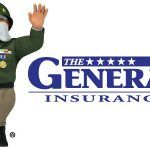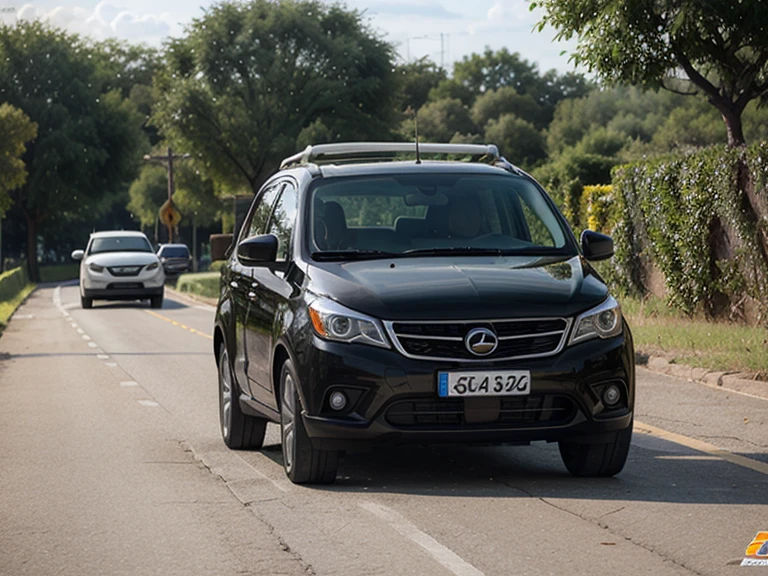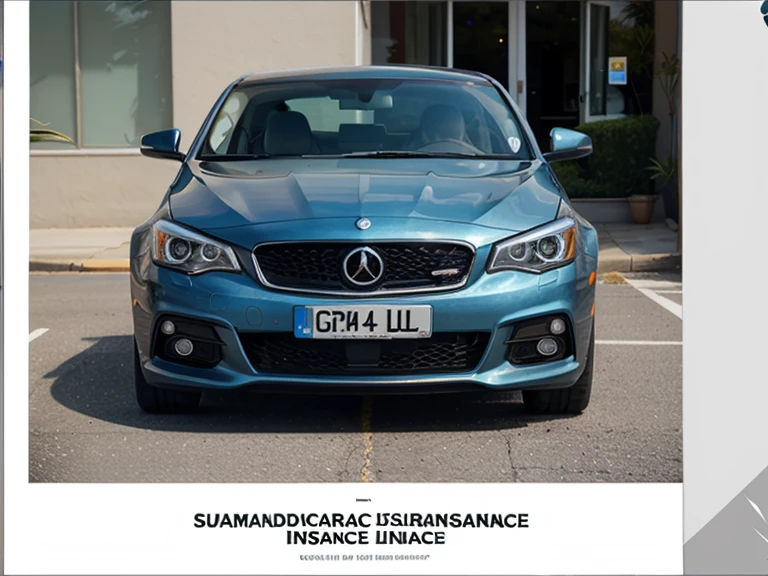the general car insurance

Newsthree.biz.id In the name of Allah Here I want to share knowledge about the interesting ABOUT CAR. Discussion About ABOUT CAR the general car insurance read until the end.
Table of Contents
Understanding Car Insurance Coverage and Types
**General Car Insurance: Understanding Coverage and Types**
Car insurance is a crucial aspect of responsible driving, providing financial protection against potential accidents and liabilities. Understanding the different types of coverage and their implications is essential for making informed decisions about your insurance policy.
**Liability Coverage**
Liability coverage is the foundation of car insurance, protecting you from financial responsibility if you cause an accident that results in bodily injury or property damage to others. It covers medical expenses, lost wages, and legal fees for the injured party.
**Collision Coverage**
Collision coverage protects your own vehicle from damage caused by a collision with another vehicle or object. It covers repairs or replacement costs, regardless of who is at fault.
**Comprehensive Coverage**
Comprehensive coverage provides protection against non-collision-related events, such as theft, vandalism, fire, and natural disasters. It covers the cost of repairing or replacing your vehicle in these situations.
**Uninsured/Underinsured Motorist Coverage**
Uninsured/underinsured motorist coverage protects you if you are involved in an accident with a driver who does not have insurance or has insufficient coverage. It covers medical expenses, lost wages, and property damage.
**Medical Payments Coverage**
Medical payments coverage provides coverage for medical expenses incurred by you or your passengers, regardless of who is at fault in an accident. It covers expenses such as hospital bills, doctor visits, and rehabilitation costs.
**Personal Injury Protection (PIP)**
PIP coverage provides coverage for medical expenses, lost wages, and other expenses related to injuries sustained in a car accident, regardless of who is at fault. It is mandatory in some states.
**Choosing the Right Coverage**
The type and amount of coverage you need depends on several factors, including your driving history, the value of your vehicle, and your financial situation. It is advisable to consult with an insurance agent to determine the best coverage options for your specific needs.
**Deductibles and Premiums**
Deductibles are the amount you pay out-of-pocket before your insurance coverage kicks in. Higher deductibles typically result in lower premiums, while lower deductibles lead to higher premiums. It is important to find a balance that meets your financial capabilities.
**Additional Considerations**
In addition to the basic coverage types, there are various optional coverages available, such as rental car reimbursement, roadside assistance, and gap insurance. These coverages can provide additional peace of mind and protection in specific situations.
Understanding the different types of car insurance coverage is essential for making informed decisions about your policy. By carefully considering your needs and financial situation, you can ensure that you have adequate protection against potential risks on the road.
Factors Affecting Car Insurance Premiums
**Factors Affecting Car Insurance Premiums**
Car insurance premiums are not set arbitrarily; they are calculated based on a variety of factors that insurers use to assess the risk associated with insuring a particular driver and vehicle. Understanding these factors can help you make informed decisions that may lower your insurance costs.
**Driver-Related Factors:**
* **Age:** Younger drivers are statistically more likely to be involved in accidents, leading to higher premiums.* **Driving history:** A clean driving record with no accidents or traffic violations can significantly reduce premiums.* **Location:** Insurers consider the accident rates and crime statistics in your area when setting premiums.* **Occupation:** Certain occupations, such as those involving frequent driving or hazardous materials, may increase premiums.
**Vehicle-Related Factors:**
* **Make and model:** Some vehicles are more expensive to repair or replace, resulting in higher premiums.* **Safety features:** Vehicles with advanced safety features, such as airbags and anti-lock brakes, can lower premiums.* **Mileage:** Higher mileage indicates more wear and tear, potentially increasing premiums.* **Vehicle value:** The value of your car affects the amount of coverage you need, which in turn impacts premiums.
**Other Factors:**
* **Coverage limits:** Higher coverage limits, such as higher liability or collision coverage, will increase premiums.* **Deductible:** A higher deductible, which is the amount you pay out-of-pocket before insurance coverage kicks in, can lower premiums.* **Discounts:** Insurers offer discounts for various factors, such as bundling policies, maintaining a good credit score, or taking defensive driving courses.* **Insurance company:** Different insurance companies use different algorithms to calculate premiums, so comparing quotes from multiple providers can help you find the best deal.
It's important to note that these factors are not exhaustive, and insurers may consider additional variables when setting premiums. By understanding the key factors that affect car insurance costs, you can make informed choices that may help you save money on your insurance premiums.
Tips for Saving Money on Car Insurance
**Tips for Saving Money on Car Insurance**
Car insurance is a necessary expense for any vehicle owner, but it can also be a significant financial burden. Fortunately, there are several strategies you can employ to reduce your insurance premiums without compromising coverage.
**Increase Your Deductible:**
One of the most effective ways to lower your insurance costs is to increase your deductible. This is the amount you pay out-of-pocket before your insurance coverage kicks in. By opting for a higher deductible, you reduce the risk to the insurance company and, in turn, lower your premiums.
**Maintain a Good Driving Record:**
Insurance companies reward safe drivers with lower rates. Avoid traffic violations and accidents to maintain a clean driving record. Even minor infractions can lead to increased premiums.
**Shop Around for Quotes:**
Don't settle for the first insurance quote you receive. Take the time to compare rates from multiple providers. Use online comparison tools or contact insurance agents directly to find the best deal.
**Consider Usage-Based Insurance:**
Usage-based insurance programs track your driving habits and adjust your premiums accordingly. If you drive less or more safely, you may qualify for lower rates.
**Bundle Your Policies:**
If you have multiple insurance policies, such as home and auto insurance, consider bundling them with the same provider. Many insurers offer discounts for bundling policies.
**Take Advantage of Discounts:**
Insurance companies offer a variety of discounts for certain criteria, such as being a good student, having a vehicle with safety features, or being a member of certain organizations. Ask your insurance provider about any applicable discounts.
**Negotiate with Your Insurer:**
Don't be afraid to negotiate with your insurance company. If you have been a loyal customer or have a good driving record, you may be able to negotiate a lower premium.
**Review Your Coverage Regularly:**
As your circumstances change, so should your insurance coverage. Regularly review your policy to ensure you have the right amount of coverage and are not paying for unnecessary extras.
**Consider a Higher Liability Limit:**
While it may increase your premiums slightly, having a higher liability limit can provide peace of mind in the event of an accident. It protects you from financial responsibility beyond your policy limits.
**Use Public Transportation or Carpool:**
If possible, reduce your driving frequency by using public transportation or carpooling. This can lower your insurance premiums by reducing the risk of accidents.
By implementing these strategies, you can significantly reduce your car insurance costs without sacrificing coverage. Remember to compare quotes, negotiate with your insurer, and regularly review your policy to ensure you are getting the best possible deal.
That's the complete information about ${title} that I shared through about car I hope you get new insights from this writing stay focused on your dreams and maintain heart health. Invite your friends to read this post. Thank you for reading








✦ Tanya AI